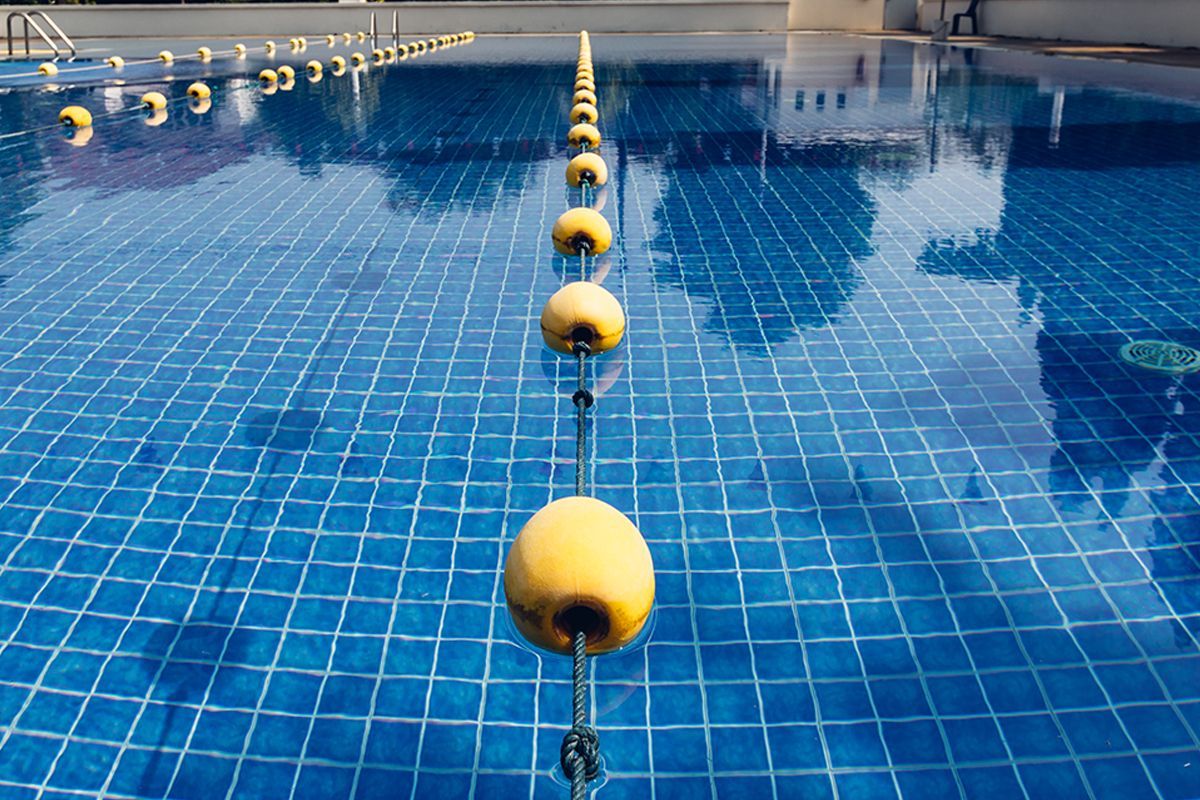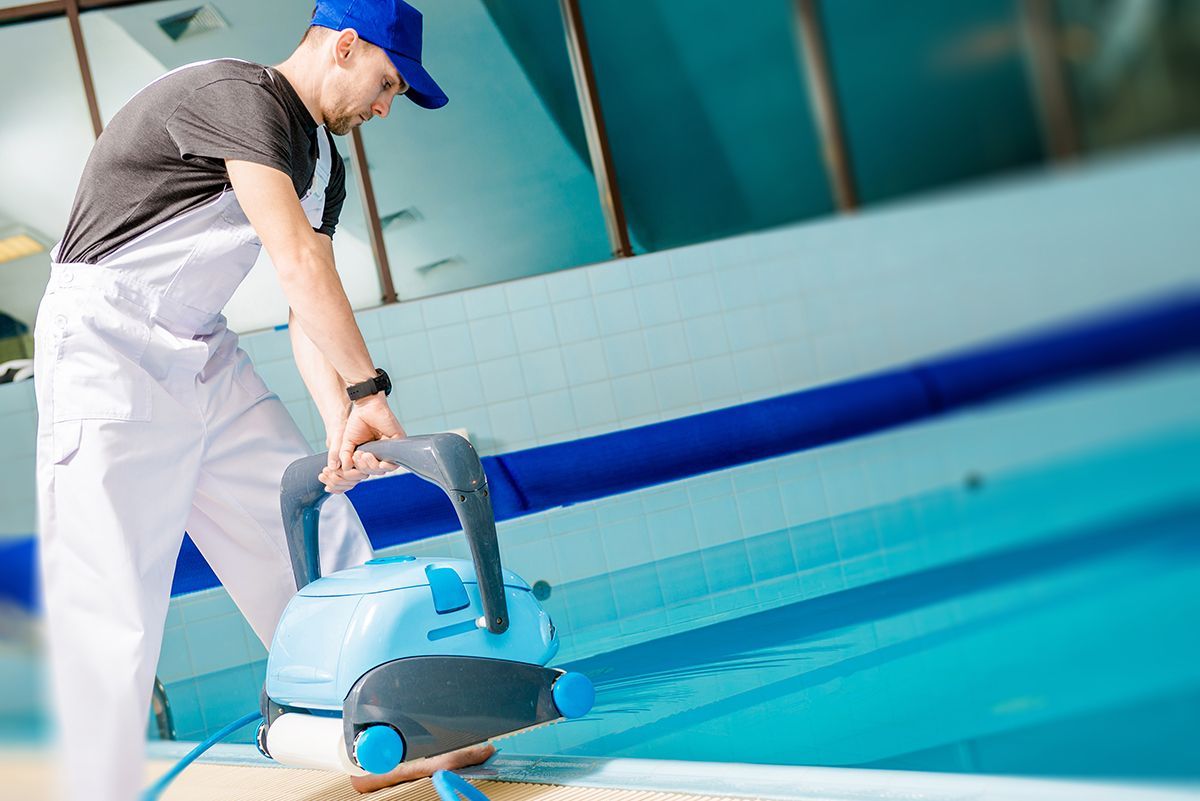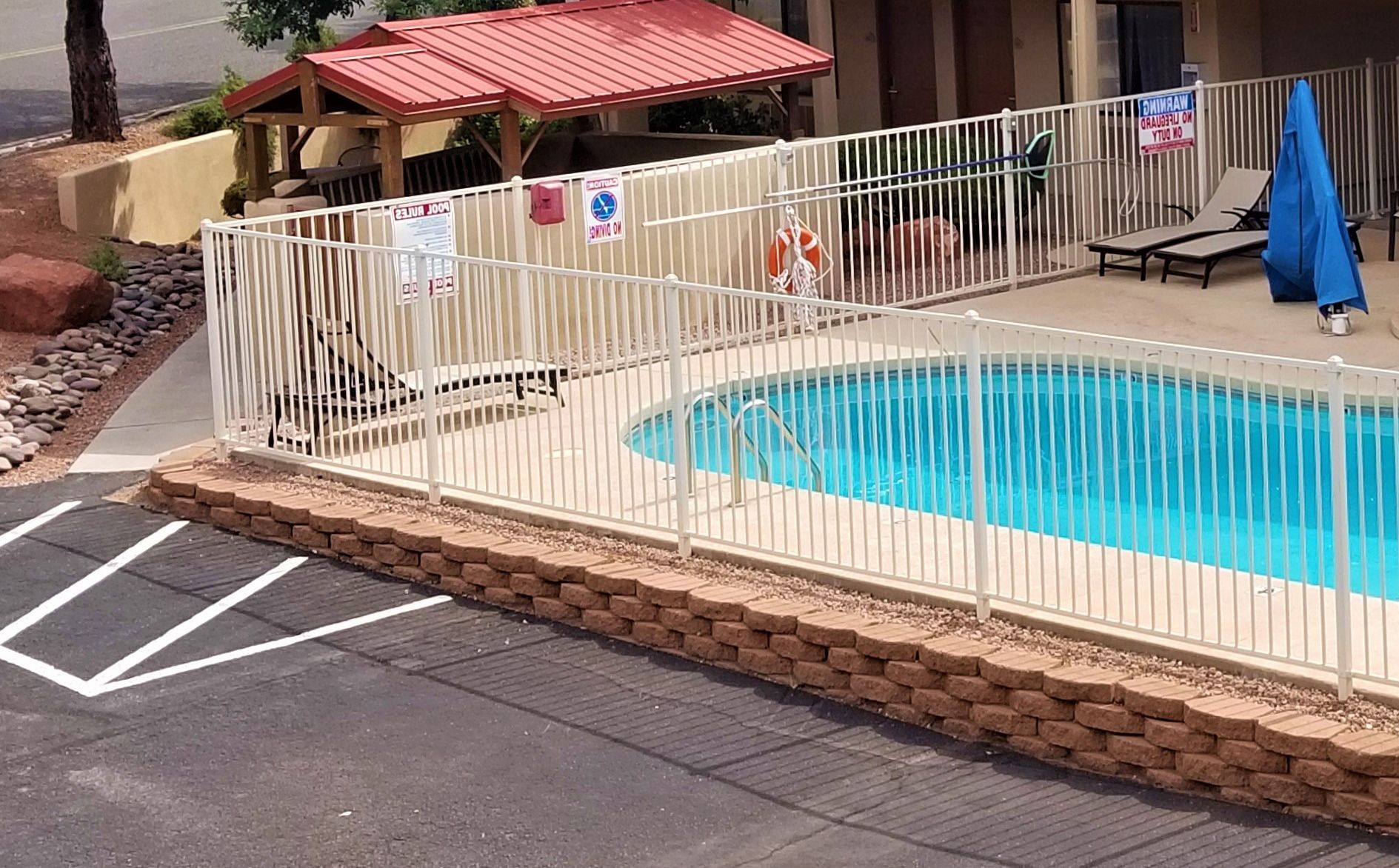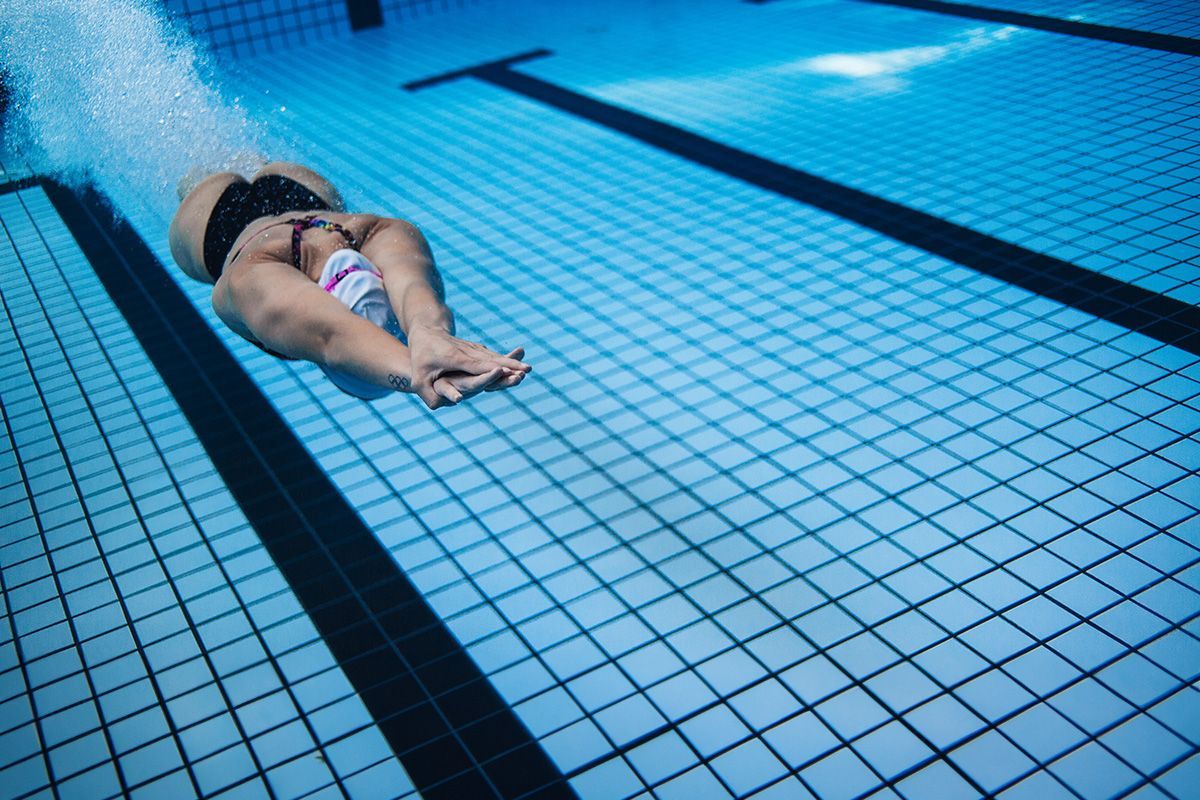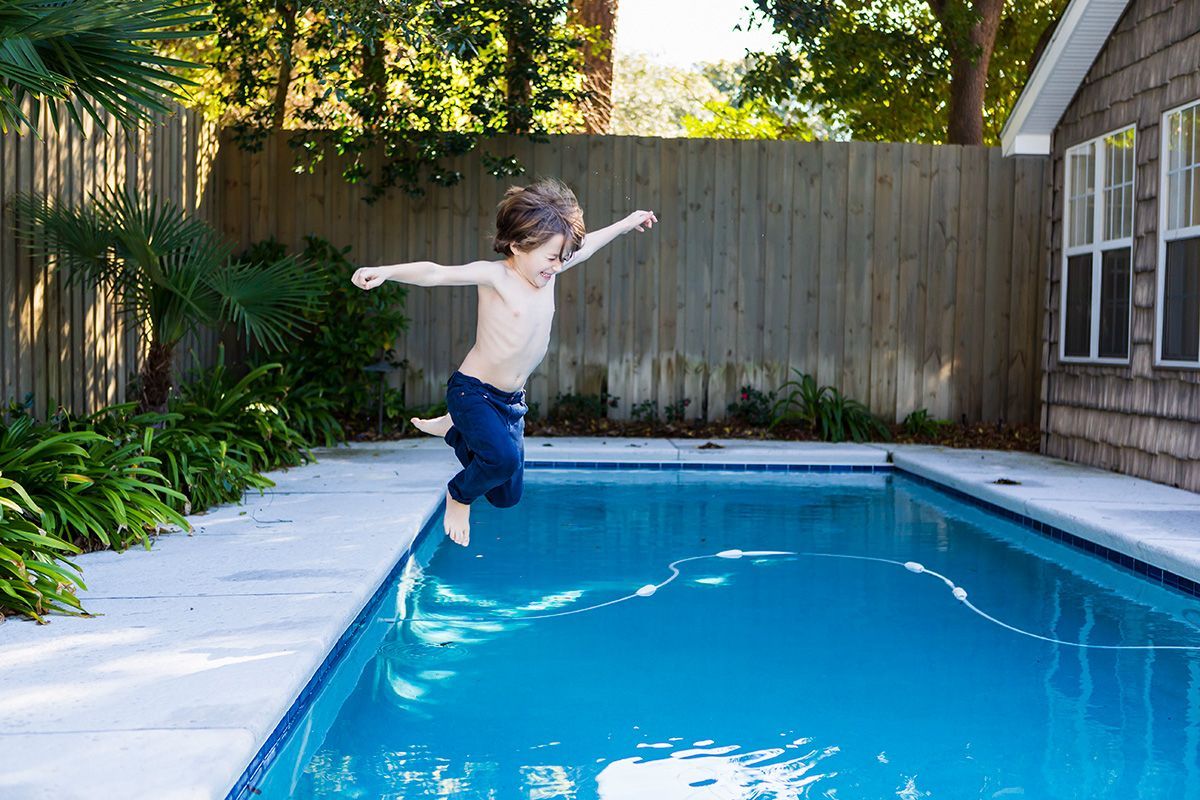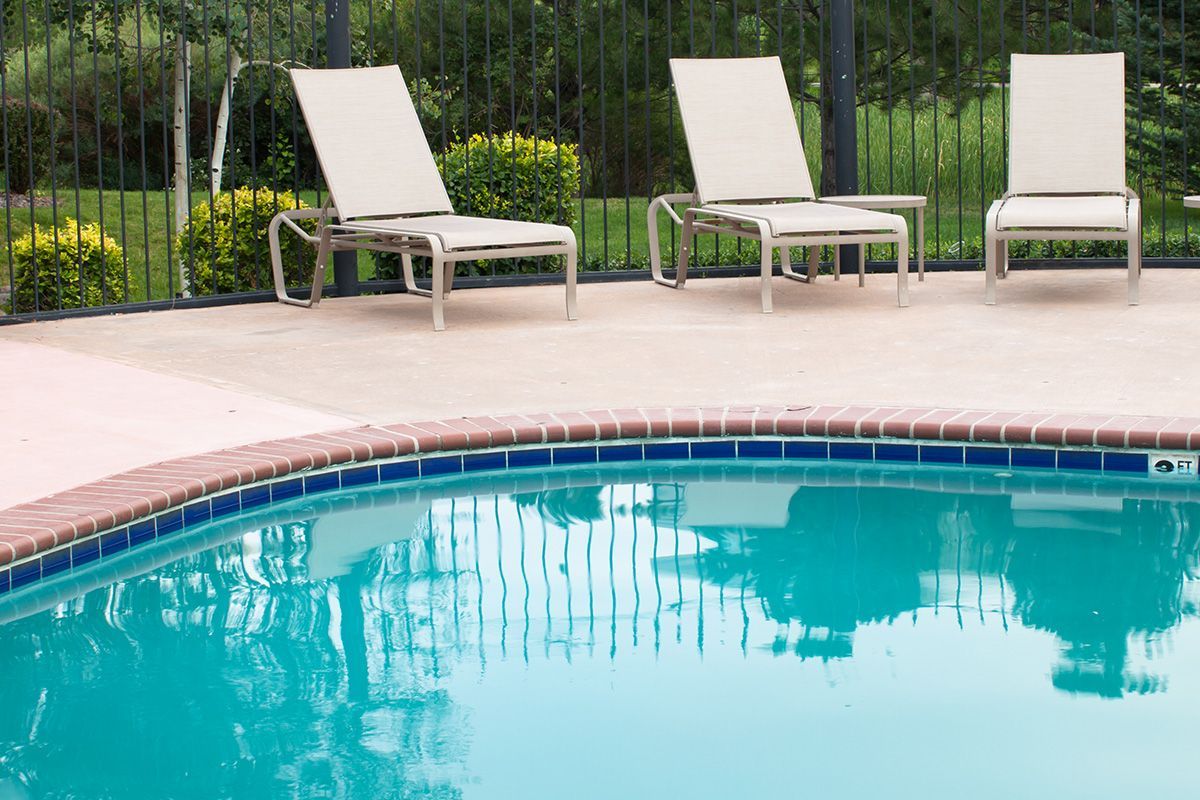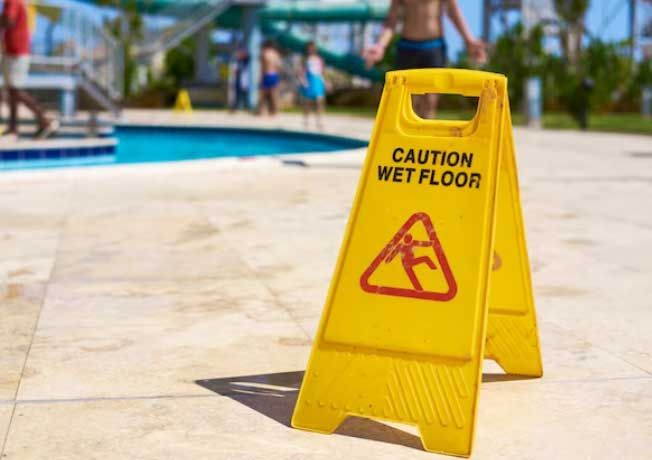Common Issues Found When Having Pool Safety Inspections
When it comes to swimming pools, safety should always be the top priority. Regular safety inspections are essential for identifying and addressing potential issues that could pose a risk to swimmers. By conducting thorough
pool safety inspections, pool owners can ensure a safe and enjoyable swimming experience for everyone. In this article, we will explore the importance of safety inspections, highlight common issues found during these inspections, and provide guidance on addressing and resolving these problems.
The Importance of Safety Inspections
Safety inspections are crucial for preventing accidents and maintaining a secure pool environment. These inspections help identify potential hazards and ensure that safety measures are in place to protect swimmers. By conducting regular safety inspections, pool owners can address any issues promptly and minimise the risk of accidents or injuries.
Common Issues Found During Inspections
During pool safety inspections, several common issues are often identified. It is important for pool owners to be aware of these problems and take the necessary steps to address them. Some of the common issues found during inspections include:
- Gate and Barrier Security: Secure gates and barriers are essential for preventing unauthorised access to the pool area. Malfunctioning latches or gates that don't close properly can compromise the safety of the pool. It is important to ensure that gates are secure and functioning correctly.
- Fence Condition and Clutter: The condition of the pool fence plays a significant role in maintaining safety and compliance. Damaged fences, overgrown vegetation, and clutter around the pool area can pose hazards. Regular maintenance and ensuring a clutter-free environment are essential.
- Safety Signage and Clear Zones: Clear zones and proper safety signage are crucial for guiding swimmers and ensuring their safety. Obstructed signs or inadequate clear areas can create confusion and increase the risk of accidents. It is important to maintain clear zones and ensure that safety signs are visible and legible.
- Drainage and Pool Equipment: Proper functioning of drainage systems and pool equipment is essential for preventing accidents. Issues such as clogged drains or malfunctioning equipment can pose serious risks to swimmers. Regular maintenance and inspections are necessary to ensure that these systems are in good working condition.
Addressing Identified Issues
Once issues are identified during a safety inspection, it is important to take prompt action to address and resolve them. Here are some steps to consider:
- Gate and Barrier Security: Repair or replace malfunctioning latches or gates to ensure proper closure and security. Regularly check and maintain gates and barriers to prevent unauthorised access.
- Fence Condition and Clutter: Repair or replace damaged fences and remove any overgrown vegetation or clutter around the pool area. Maintain a clean and clutter-free environment to ensure the safety of swimmers.
- Safety Signage and Clear Zones: Ensure that safety signs are visible and legible. Clear any obstructions that may hinder the visibility of these signs. Maintain proper clear zones to prevent accidents and guide swimmers.
- Drainage and Pool Equipment: Address any issues with drainage systems or malfunctioning equipment promptly. Regularly inspect and maintain these systems to ensure proper functioning and prevent accidents.
Swimming pool safety inspections are vital for maintaining a safe and secure pool environment. By conducting regular inspections and addressing identified issues promptly, pool owners can ensure the safety of swimmers and minimise the risk of accidents or injuries.
Remember, safety should always be the top priority when it comes to swimming pools. Take action based on the findings of safety inspections, and prioritise the well-being of those who enjoy your pool with Pool Safety Check.


